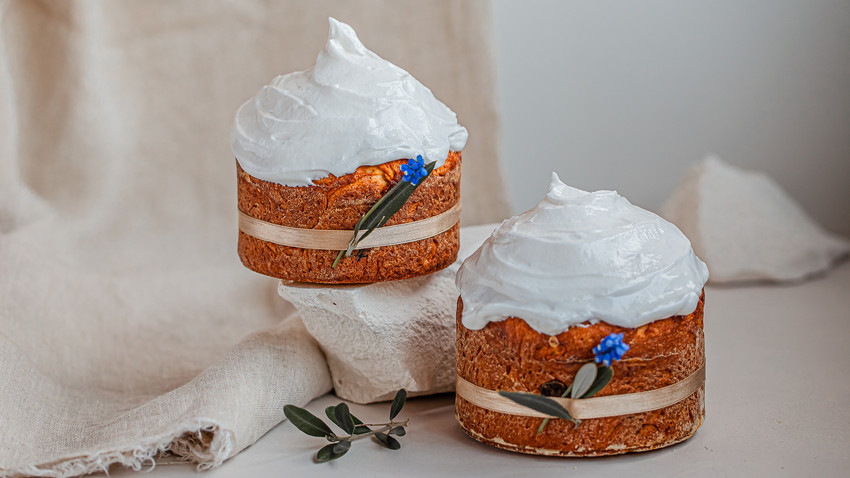
Do you know how to make the best kulich? Just smile and think positive
Yulia MulinoOn Lent’s last Thursday, Chysty (Clean) Chetverg, everyone in Russia colors eggs and bakes the kuliches. On Saturday, believers go to church to have them blessed and light a candle. On Saturday night, the Sacred Procession takes place, after which everyone congratulates each other and the celebration begins.
When I was a girl we always went to visit my granny’s village, Rusinovo, the place where she grew up. That’s why for a long time Easter meant a trip for me, as well as meeting relatives and having picnics. Everybody was tasting each other’s kuliches, trying to learn the secret ingredients. I remember my granny making candied fruit, because in the 1980s it was not easy to buy them. That made her pastry special.
For me, cooking a decent kulich is a sort of special ceremony. The process usually takes the entire day and sometimes even longer. I want to treat my family to something special, as well as to impress my friends and demonstrate my baking skills. The strange thing about making kulich in our family is that we never stick to the same recipe. It has always been an experiment with the amount of butter, eggs, sugar and spices. Keep in mind, it’s always a tradeoff: sweet and moist, but heavy or light and fluffy but flavorless.
Married to an Italian guy, it’s an additional challenge for me to impress him because he compares kulich with the Italian panettone. But I keep saying that kulich is a totally different thing. It is more solid, moist and rich with flavor; not so light and melting in the mouth.
Here’s a classic recipe developed by historian William Pokhlebkin. For my part I’ve successfully tested it on my Italian family. The main rule is to make it with love and a positive spirit.
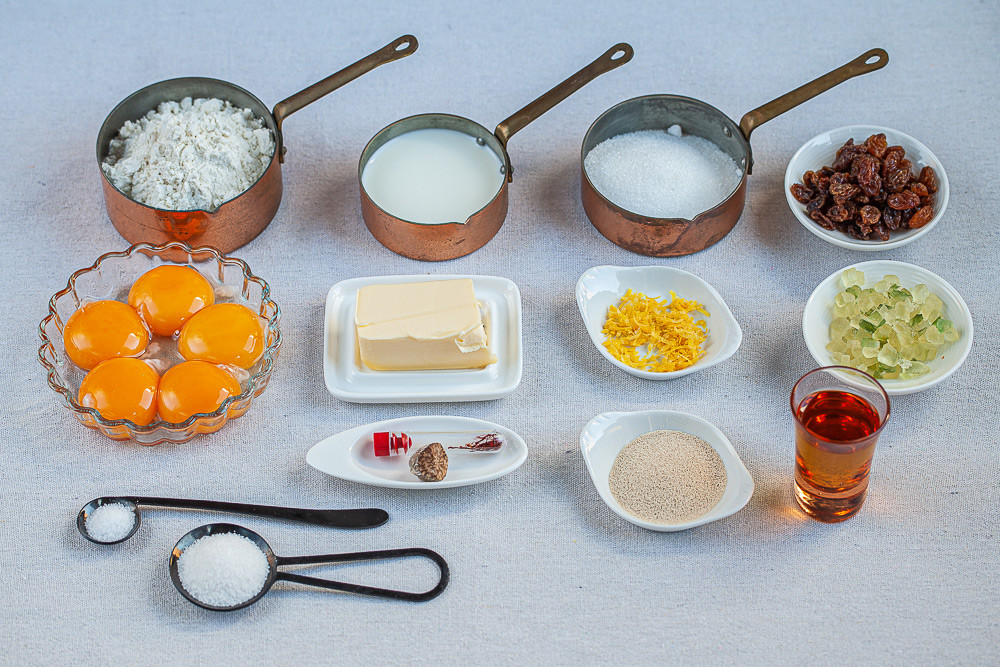
1. Prepare the pre-ferment: add 100 g of flour to a 0.5 glass of boiling milk and stir it quickly with a wooden spoon to get the elastic mass.
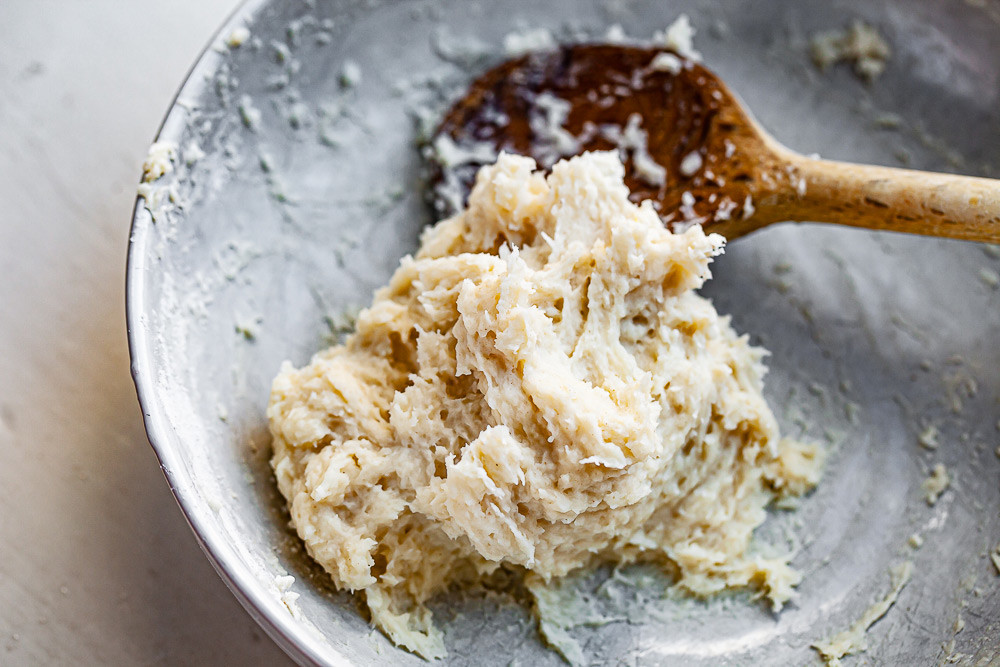
2. At the same time dissolve yeast in a 0.5 glass of tepid milk and leave it for 10 minutes.
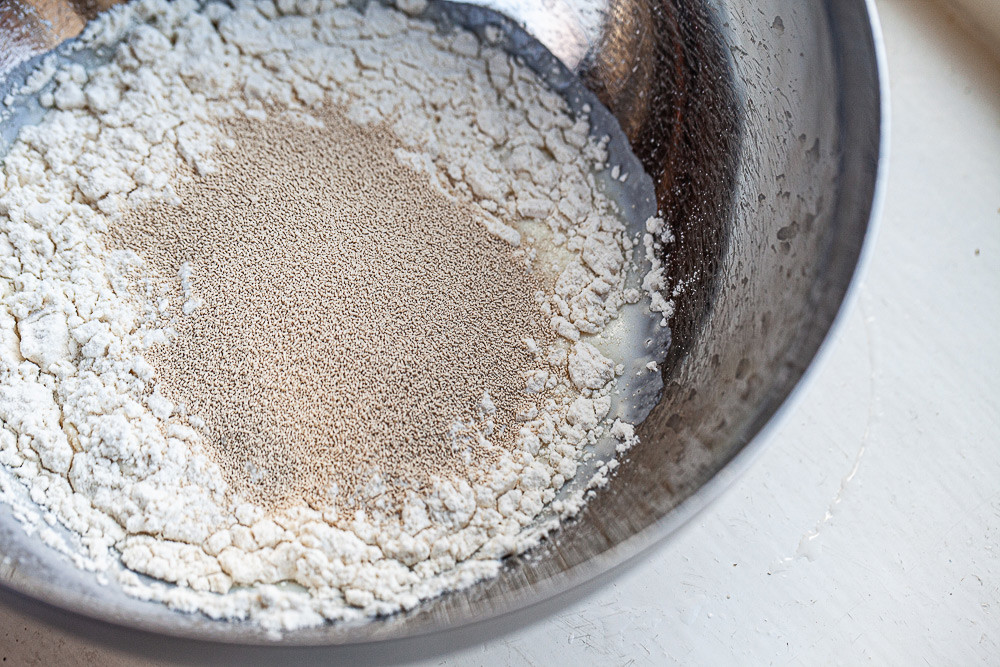
3. After 10 minutes.

4. Prepare a yeast mixture: combine the results of points 1 and 2, cover the bowl with a towel and leave it for 1 hour or longer.
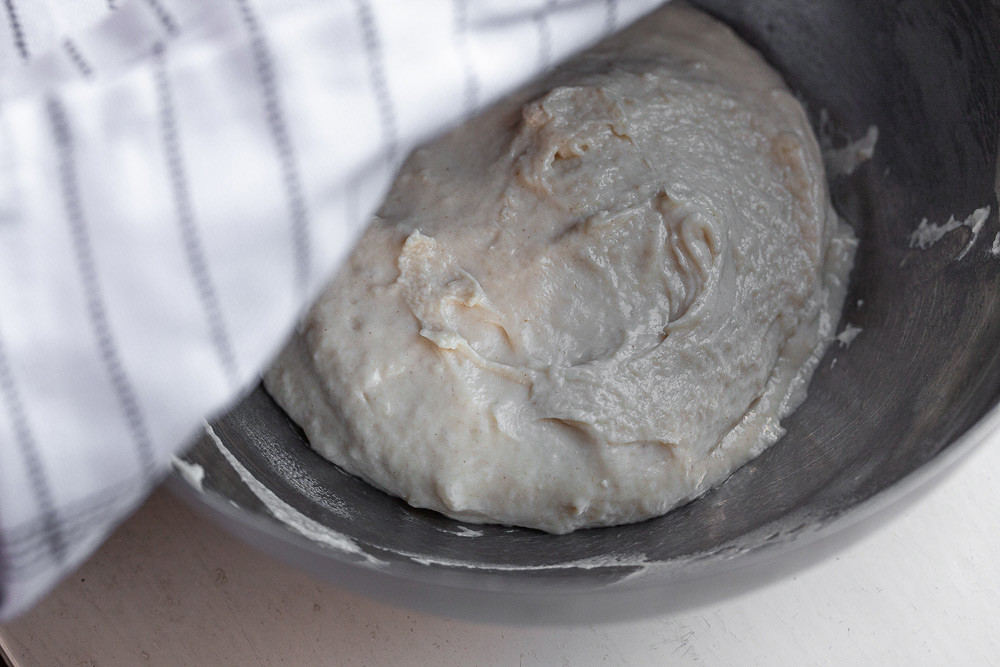
5. The yeast mixture after 1.5 hour.
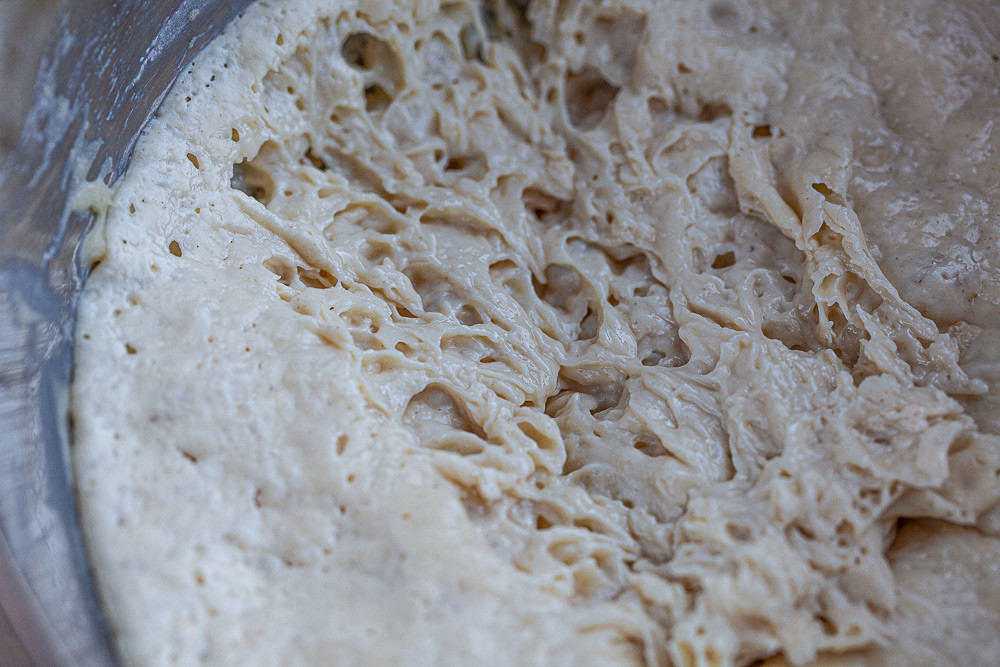
6. Prepare an egg mixture: blend yolks, egg whites, sugar and salt up to white mass.
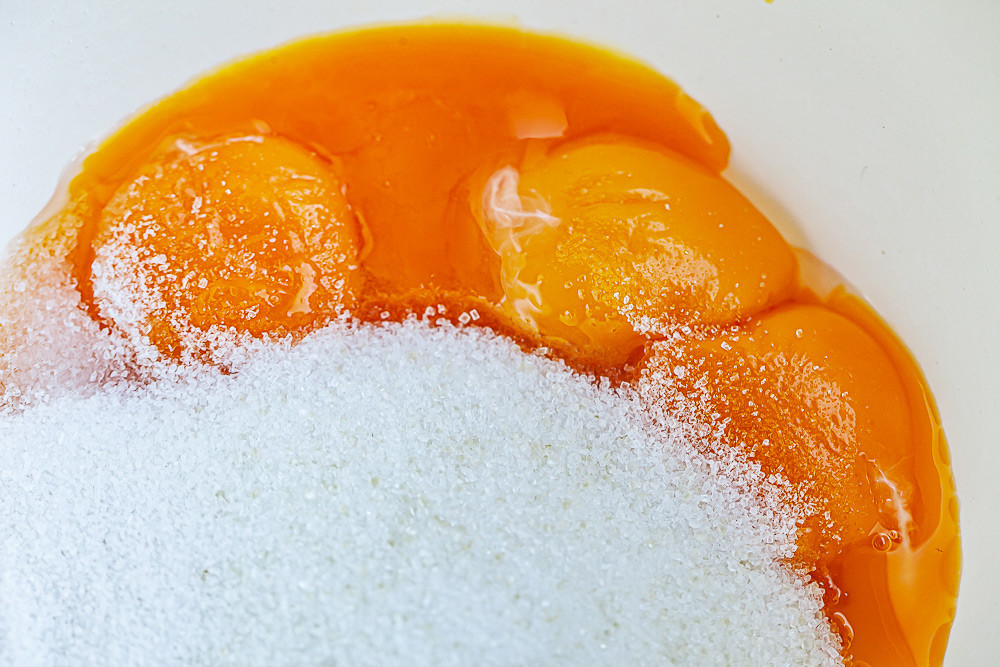
7. Add a half of the egg mix to the yeast mix.
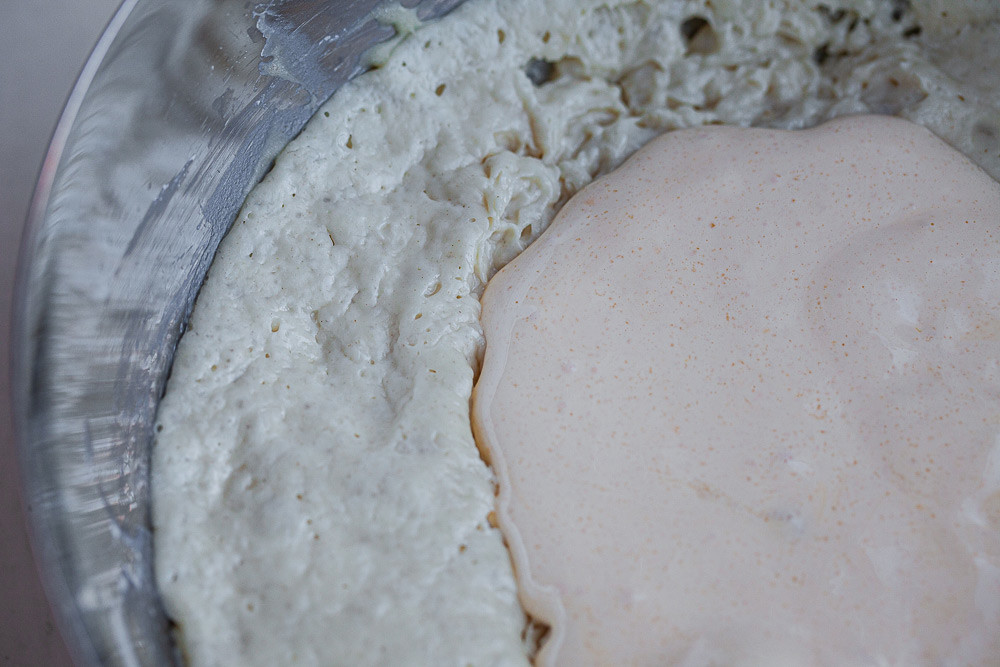
8. Add 250 g of flour, work the dough until it comes together (I used a mixer) and let it rest for 1 hour.
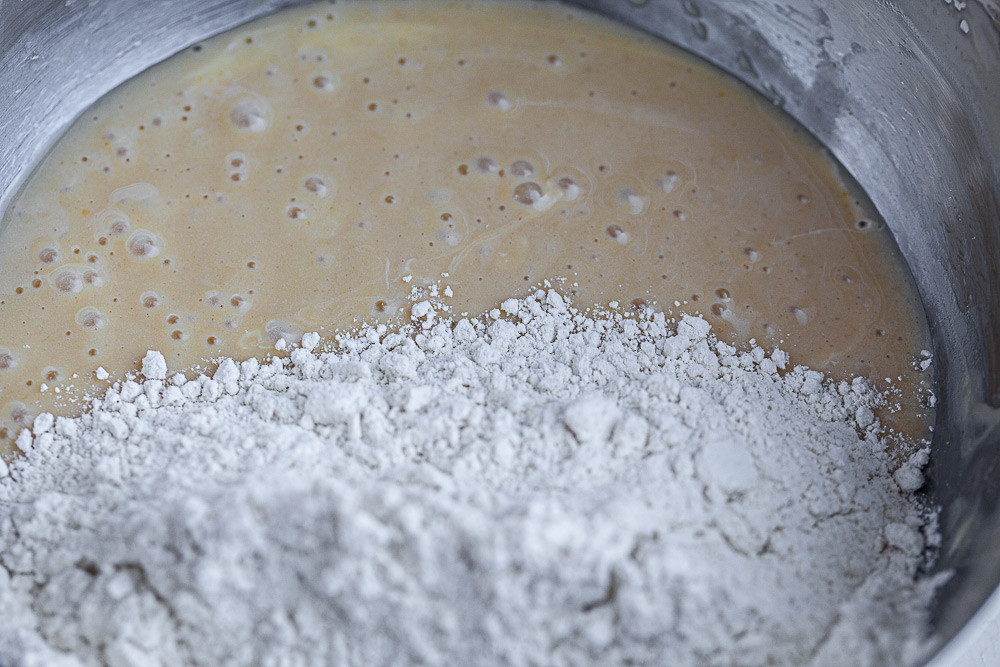
9. The dough after 1 hour.
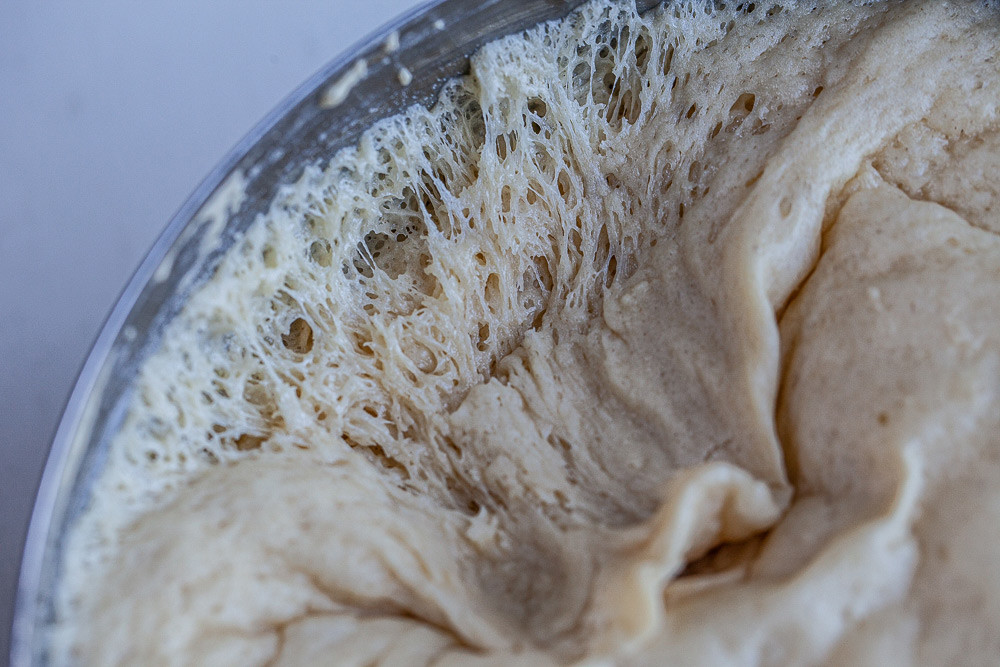
10. Add the second part of the egg mixture, add 500 g of flour.
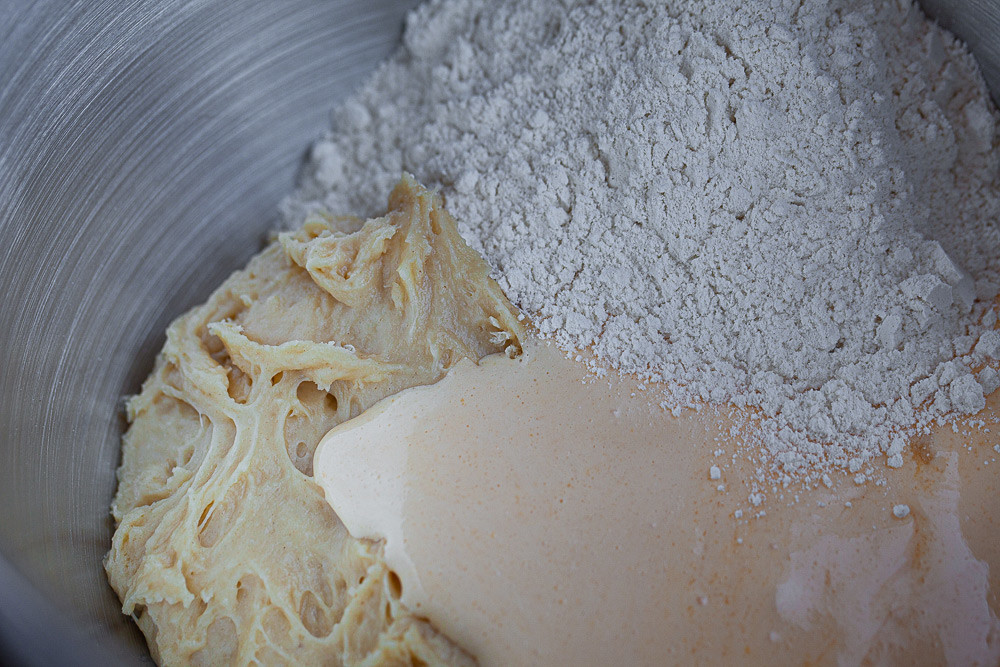
11. Work until the dough does not stick to your hands. It took me 15 minutes in a food mixer.
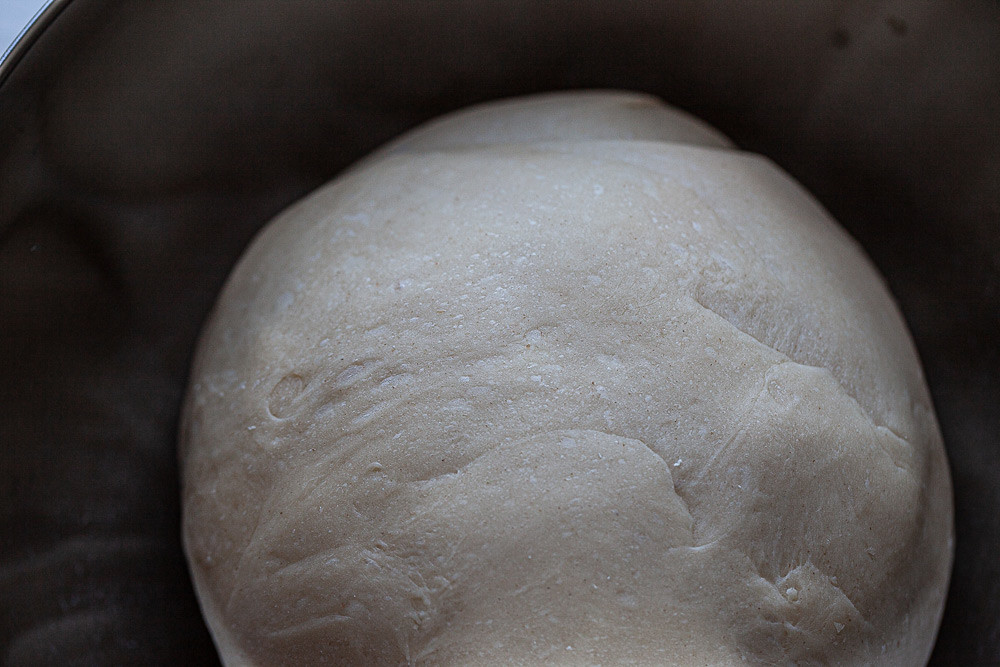
12. Start adding melted butter in small portions to a dough.
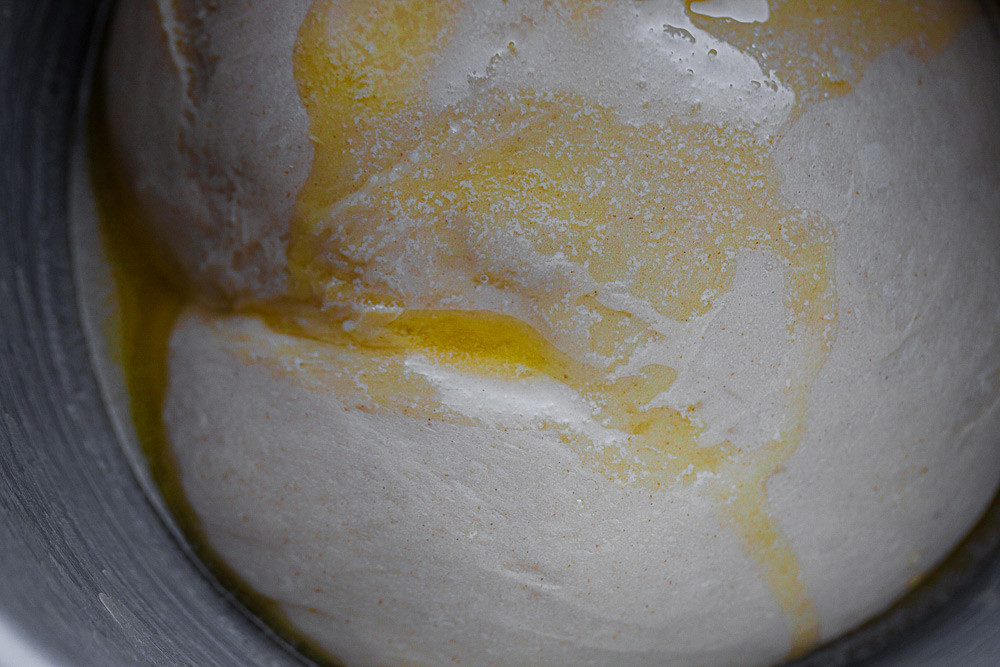
13. If you don’t have a saffron infusion, you can soak dry saffron in a spoon of water.
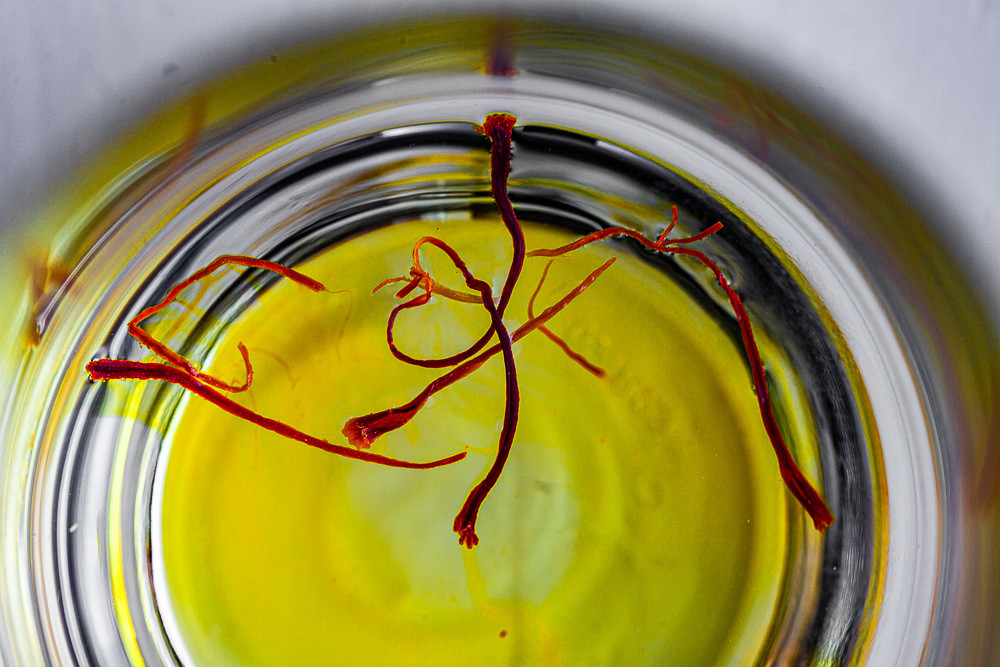
14. Add spices and cognac.
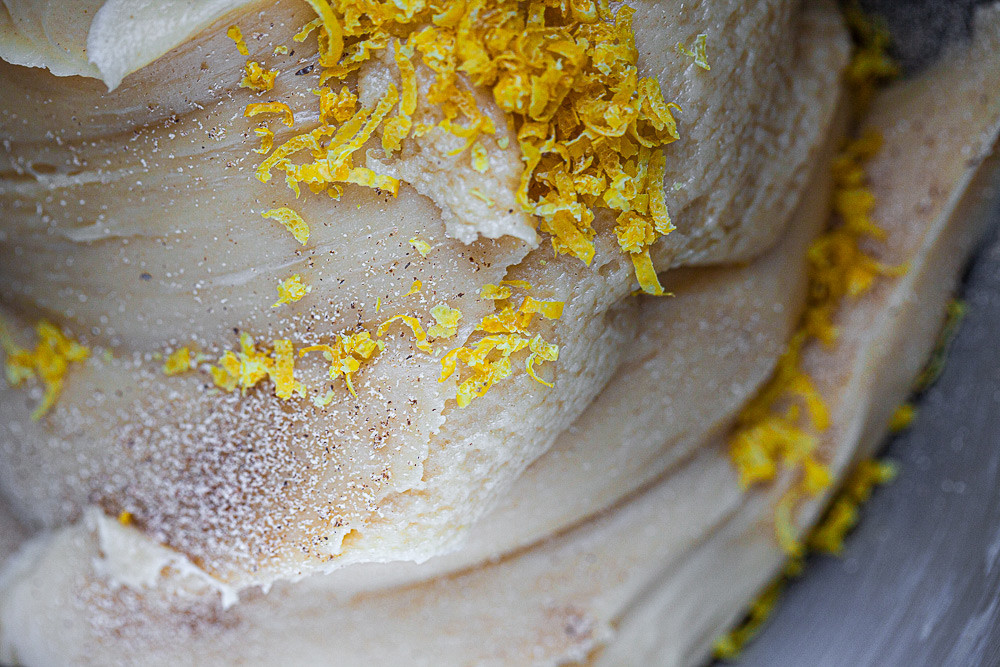
15. Work out for another 15 minutes and let the dough grow again.
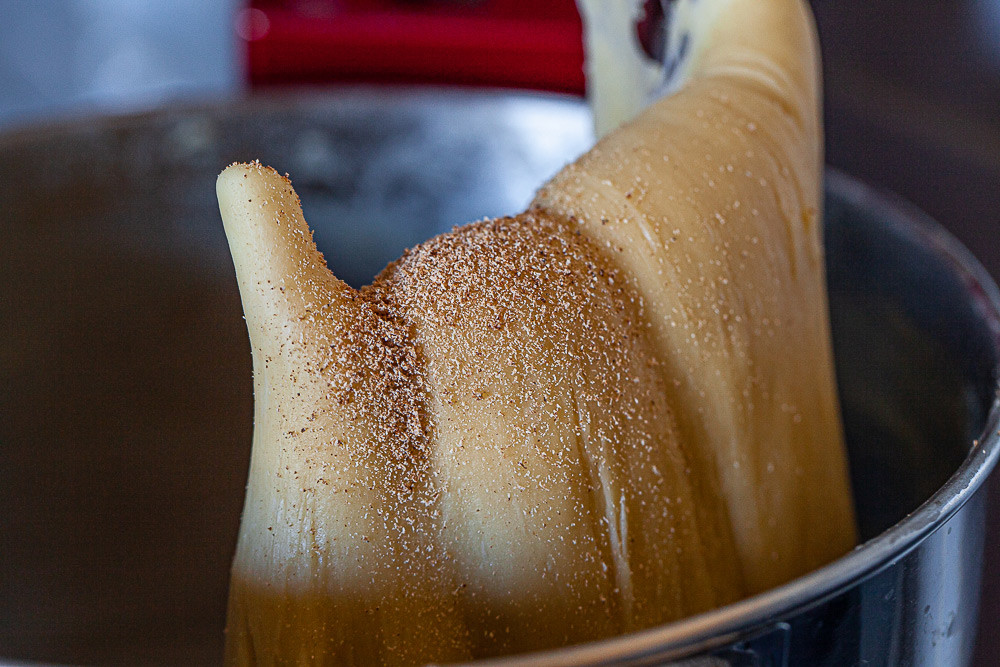
16. After the dough doubles in size, put it down and add candied fruit and raisins.
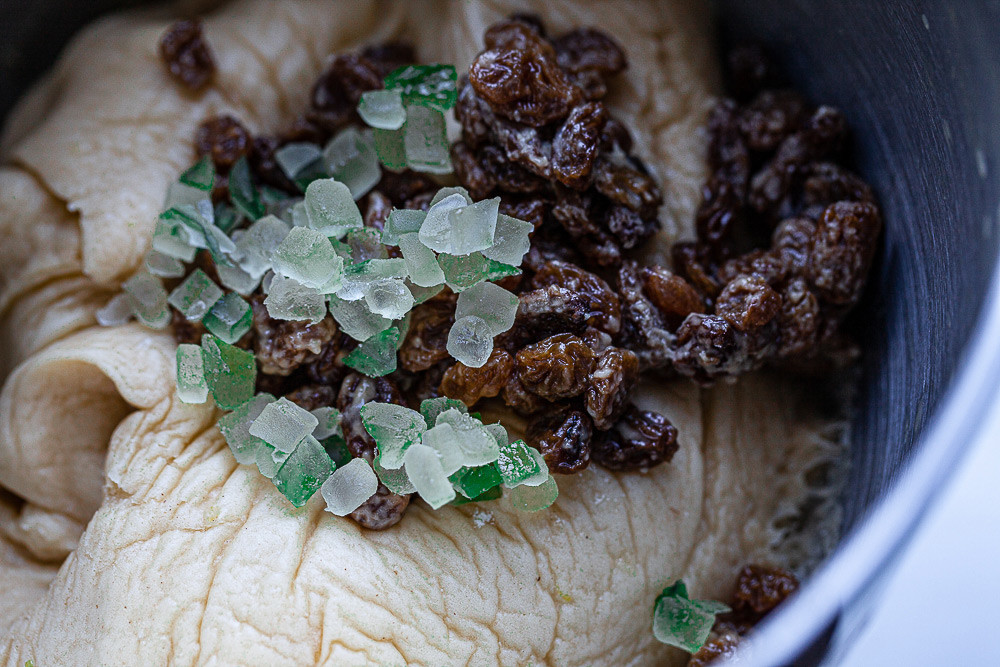
17. Let it rise again.
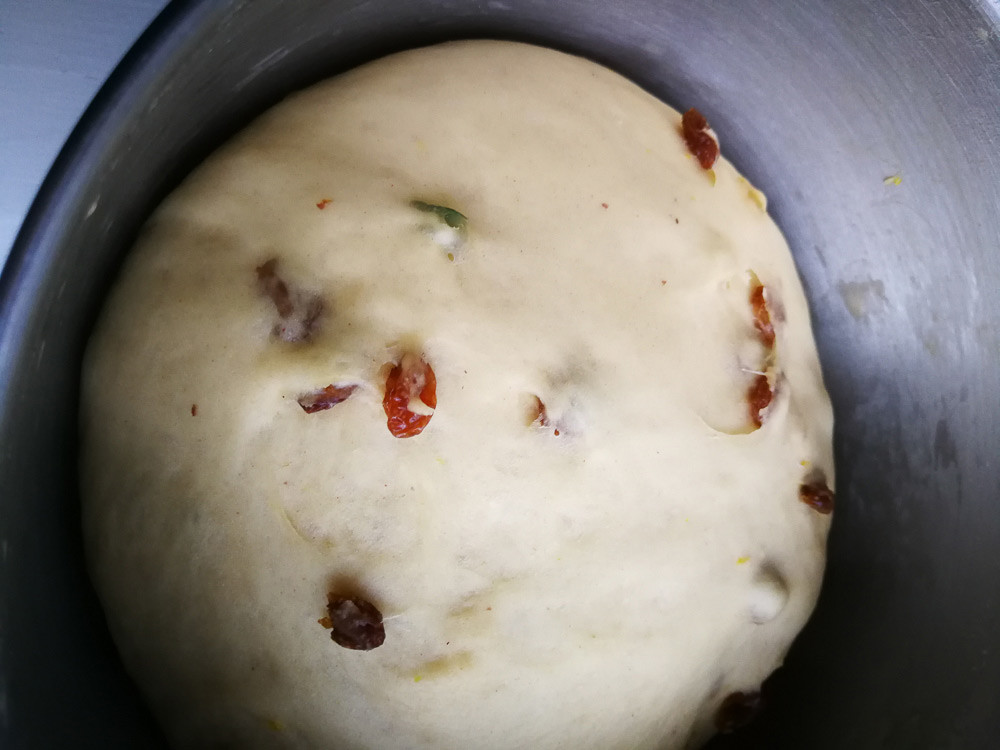
18. Divide the dough in two parts, place them into the forms (16 cm), cover them with a towel and let them rise in a warm place up to 2/3 of the forms.
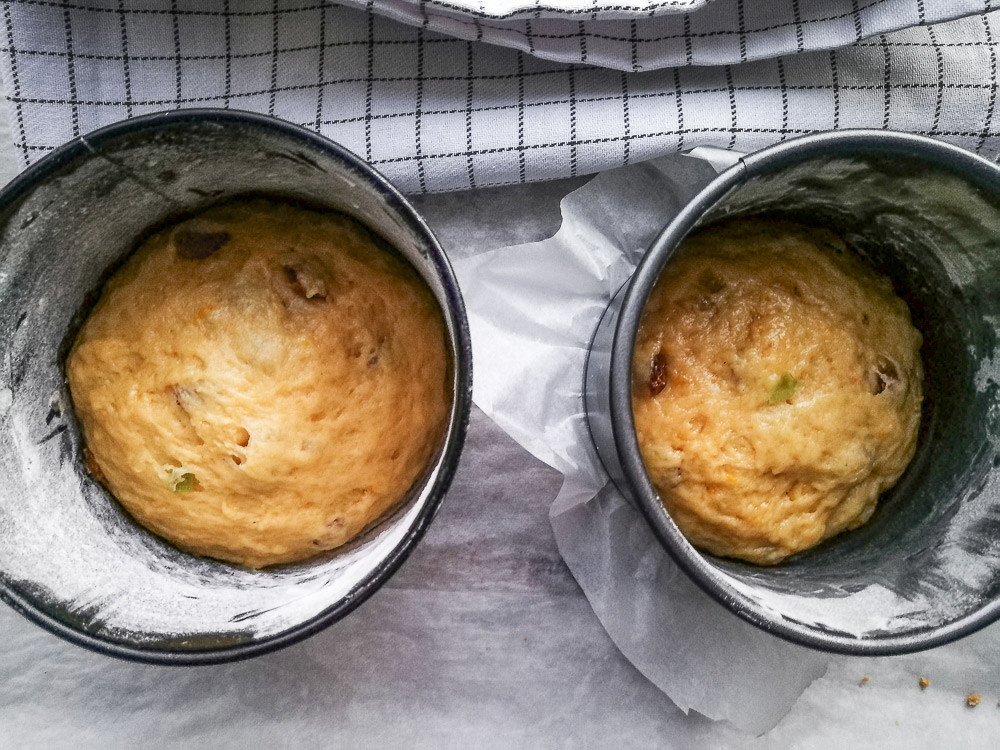
19. Spread a bit of the egg whites on top and put the forms into a warmed up oven until 180 degrees Celsius and for 45 minutes.
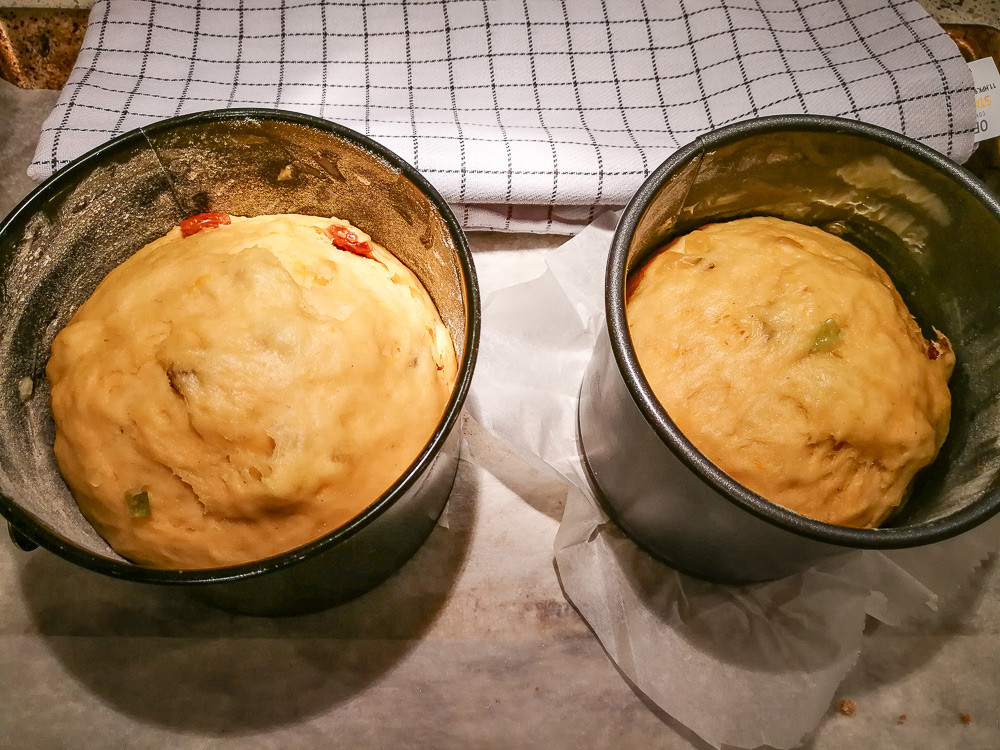
20. Decorate your kulich with meringue or sugar glaze. Enjoy!

Read more: Chocolate paskha, aka the next level cheesecake for Easter
If using any of Russia Beyond's content, partly or in full, always provide an active hyperlink to the original material.
Subscribe
to our newsletter!
Get the week's best stories straight to your inbox